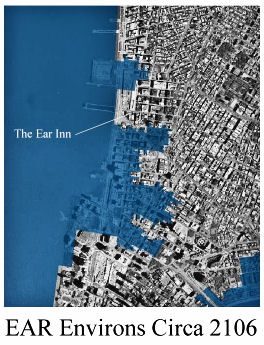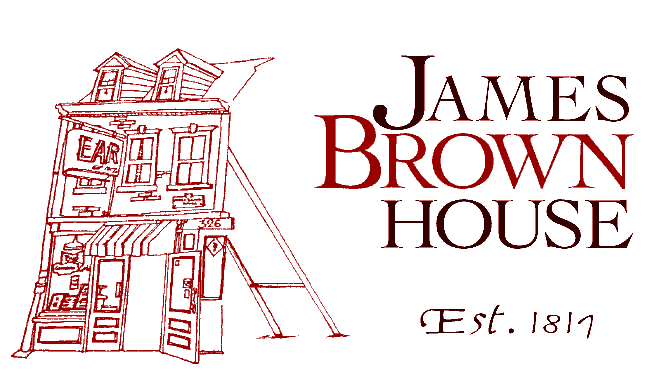
Pictures, Maps, Art and Artifacts, and Virtual Tour
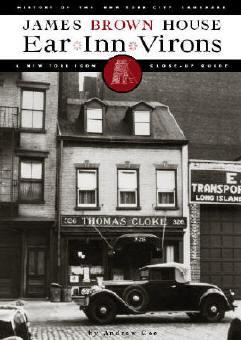
Book Cover

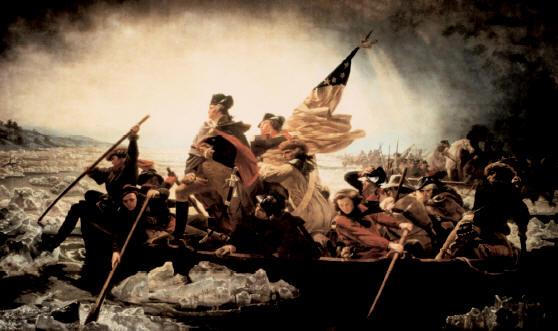
Emanuel Leutze's "Washington Crossing the Delaware" (1854). This romantic
vision of the historical event was painted in a studio in Germany. Photo
courtesy of the Metropolitan Museum of Art.
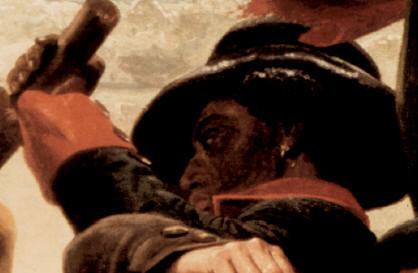
James Brown may have been similar to this soldier at Washington's
knee. The real James Brown will never be
known, as most records of free Afro-Americans have been lost.

|
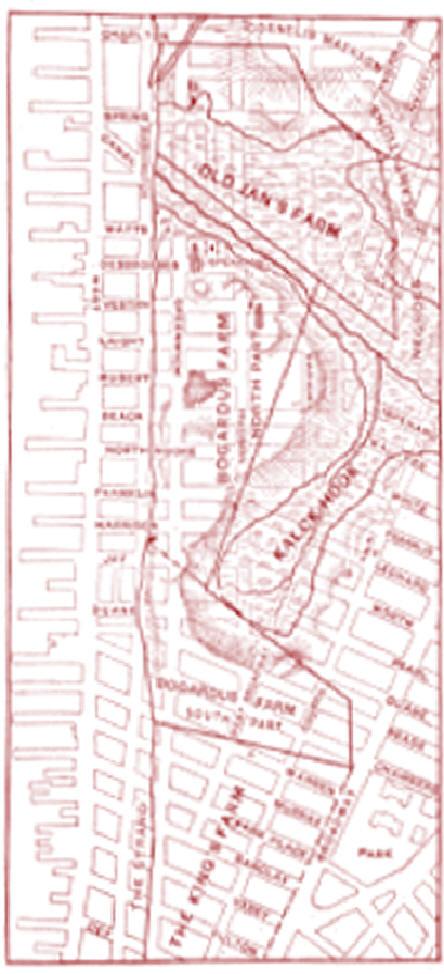
|
Map depicting the Colonial farm boundaries overlaid by the modern street grid.
The James Brown House is located on the Hudson river boundary of Old Jan's Farm.
The King's Farm was later granted to Trinity Church, now the neighborhood's
major land owner.
|
|
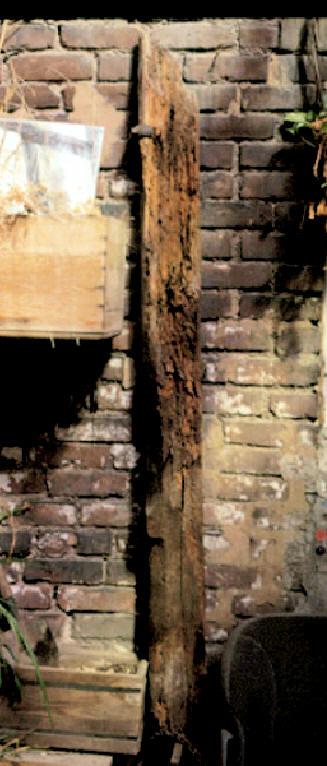
|
Timber taken from the attic during reconstruction. Some beams
had axe marks and burns, clues that they may have been reused from
buildings destroyed during the great fire of 1776.
|

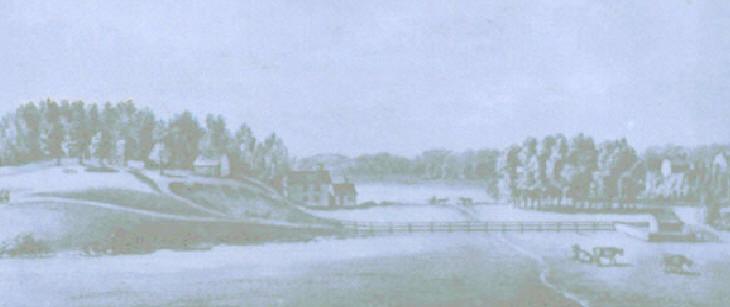
Lispenard Meadows in the 18th century. The little stream is now
roughly Canal Street.

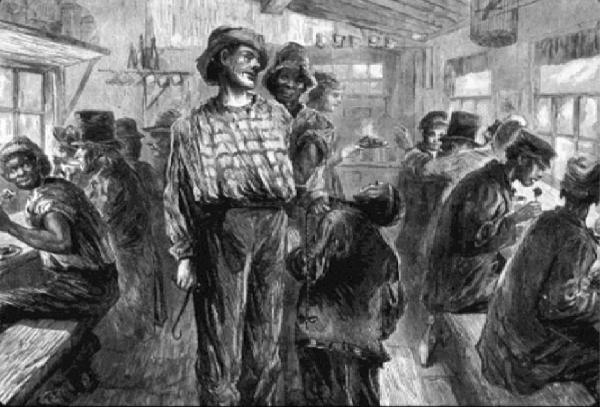
A waterfront tavern in the 1800ís. Food was
provided free, as long as one drank house brew as well. Then as now, a plethora
of nationalities jostled ashore. The bully longshoreman with his hook harasses
the Chinaman as the African mediates.

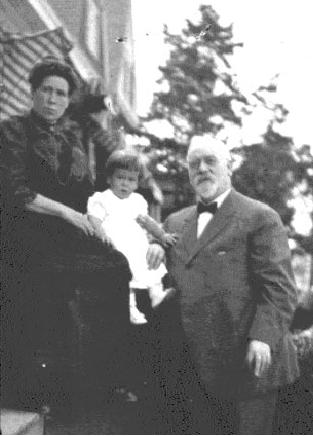
Thomas and Ellen Jeffers Cloke with their daughter Mary Foley.
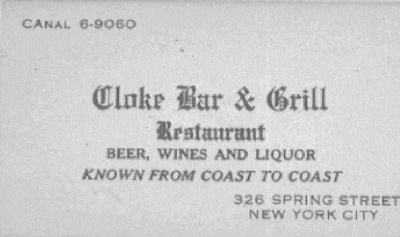

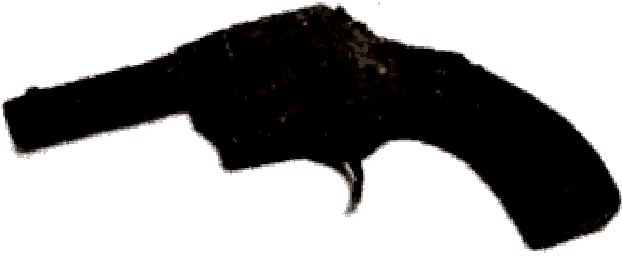
A five-round revolver found in the House chimney, perhaps hidden there from
police.
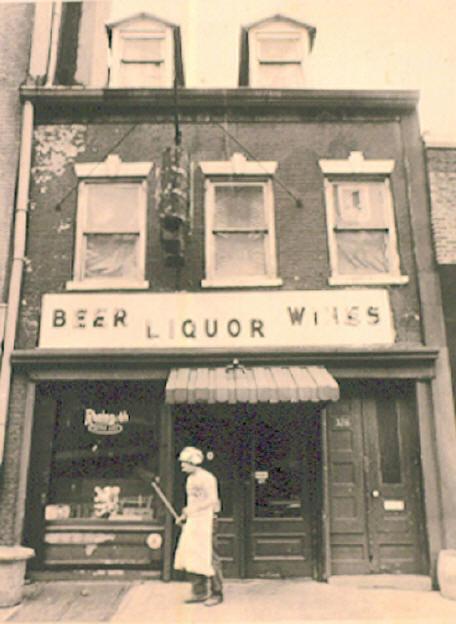
The James Brown House in 1973.
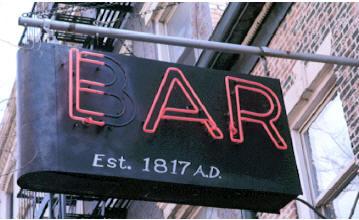
For decades, the neon sign in front of the Ear Inn flashed
"Bar." To avoid landmarks review for any new sign, the ends of the "B"
were painted over to rename the pub once only known as "The Green Door."
The new name came from the "Ear" music magazine published upstairs from 1975 to
1992.

Rip Hayman, homesteader in the house since 1973

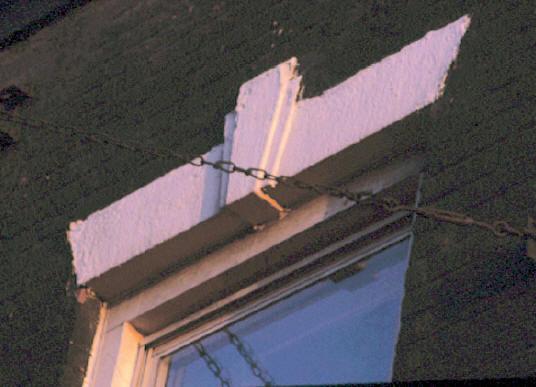
The keystone lintels of the James Brown House have now been
restored to the original sandstone
"Ear Upstairs"
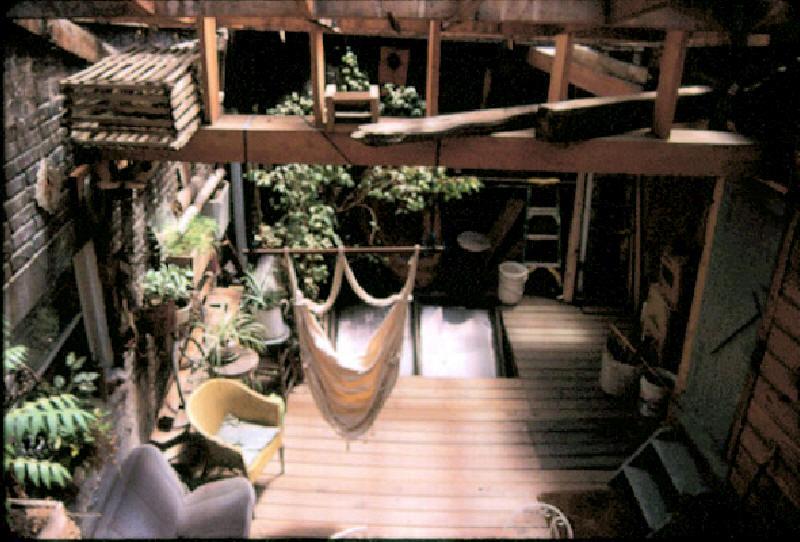
The old kitchen above the bar and the second floor roof deck.

Kitchen fireplace with draft horse shoe found in the chimney.
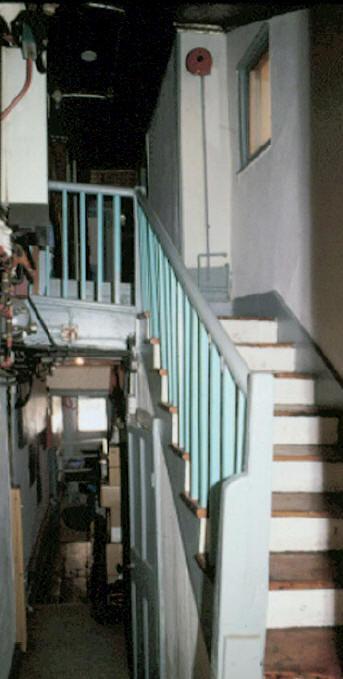
Stairs to the third floor guest quarters of the House.
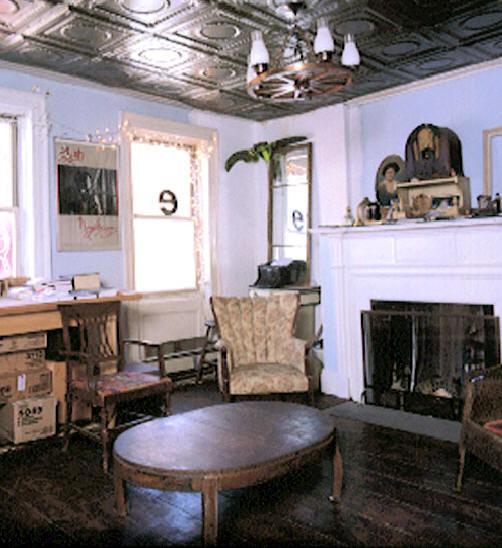
The second floor parlor above the Ear Inn bar. The spruce
plank floors and fireplace are originals from 1817.
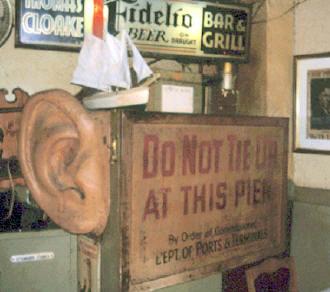
Bar sign from the Thomas Cloke era surrounded by more recent
additions.
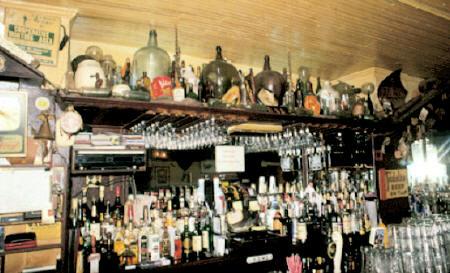
Above the Ear bar stands a line of ancient bottles excavated
from the back cellar.

A House bottle holds a dollís carved wooden arm.
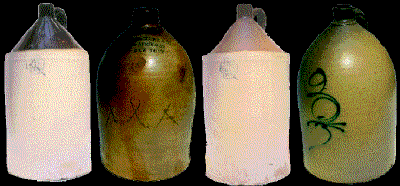
Whiskey jug unearthed in the cellar., sold whiskey to ships on
the nearby docks.

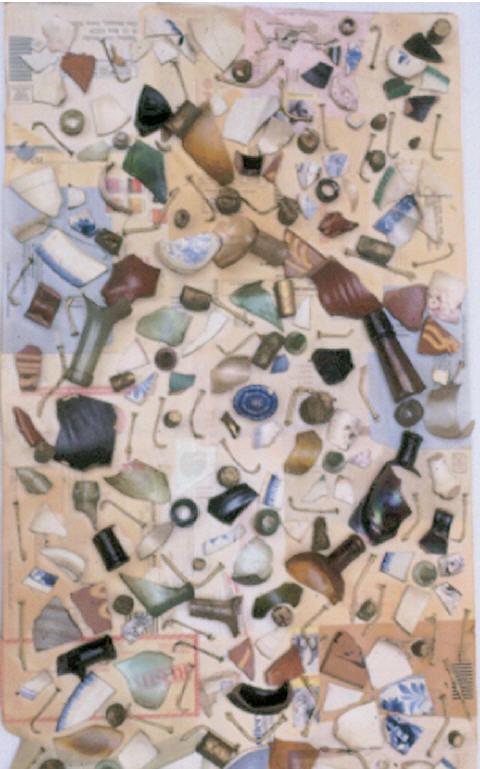
"James Brown Mandala" (1979) by Sari Dienes, made from shards
excavated in the cellar.
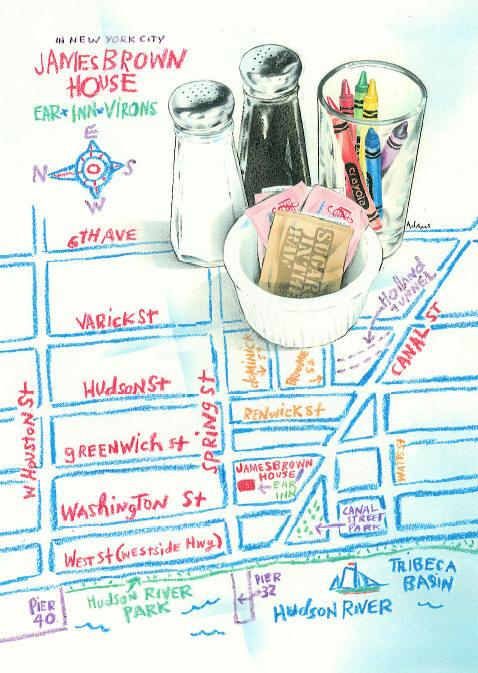
Map by Lisa Adams

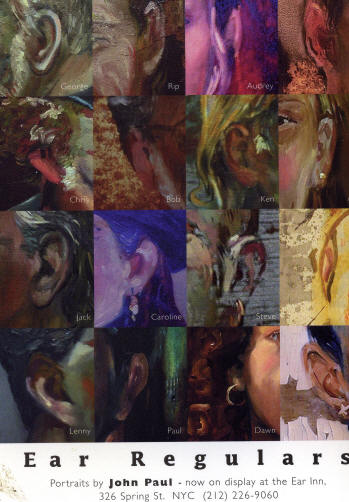
John Paul paintings on display in the Ear Inn 2006.

